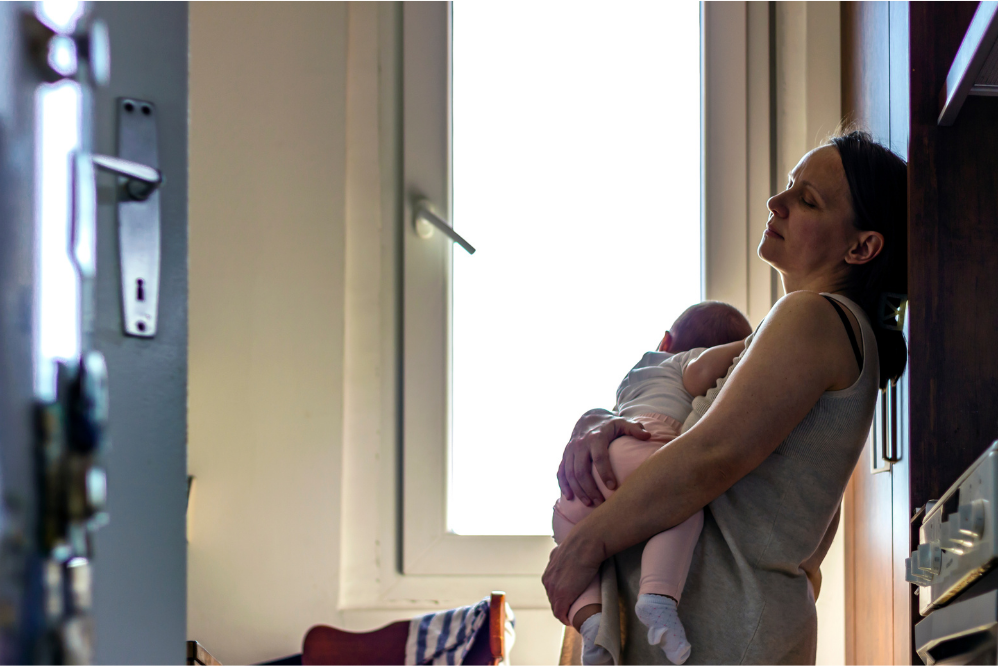HIV and AIDS devastated communities across Australia in the 1980s and 1990s. In the midst of this profound health crisis, nurses provided crucial care to those living with and dying from the virus. They negotiated homophobia and complex family dynamics as well as defending the rights of their patients.
A new book, Critical Care, unearths the important and unexamined history of nurses and nursing unions as caregivers and political agents who helped shape Australia’s response to HIV and AIDS. Its author, Geraldine Fela, tells BroadAgenda why this moving slice of history matters.
Transforming the Nightingale Nurse: Gender, Nursing and HIV
On the brink of a new pandemic – though none of us knew it then – I travelled around the country interviewing nurses who had been involved in HIV care during Australia’s ‘AIDS crisis’. Between 1983 – the first recorded AIDS-related death in Australia to the introduction of effective treatment in 1996, nurses played an extraordinary role in responding to this profound public health crisis.
The distinct virological nature of HIV brought to light and elevated the crucial role of nurses in patient care. This, combined with a broader political context in which both nurses and patients were challenging the rigidity of the hospital hierarchy, saw a significant change in the relationships between doctors, nurses and patients in many clinical settings.
The Nightingale nurse
Nursing was and is a highly feminised profession. The long association of nursing with women has its history in the Nightingale school of nursing, an approach to nursing developed by Florence Nightingale in the second half of the nineteenth century. Under the Nightingale reforms, nursing became a distinct, highly disciplined profession emphasising hygiene, order and hierarchy.
Nightingale nursing was imbued with Victorian ideas of womanhood. The “Nightingale nurse” was a woman, she was self-sacrificing, chaste and middle class in her sensibility. The subordinated position of nurses within the hospital, particularly in relation to doctors, was entrenched in this gendered ideal of nursing. Nurses were taught not to challenge the authority of doctors – who held a monopoly over medicine.
This tradition lasted well beyond the nineteenth century, and is an element of the social dynamics of hospitals and medicine today. For example, it remains the case that the majority of nurses are women and doctors and surgeons men. However, in the 1980s and 1990s and in context of HIV and AIDS care, these rigid hierarchies and roles were shaken.

Cover: Critical Care
Shaking up the hierarchy
The difficult medical circumstances of HIV and AIDS highlighted and elevated the importance of the type of care that nurses provide. This challenged established roles in many of the clinical spaces dealing with HIV and AIDS. Brad Hancock, who nursed at Ward 17 South, the HIV and AIDS ward at St Vincent’s Hospital in Sydney, reflected on this transformation.
Brad recalled the difference between HIV nursing and paediatrics, where he had also worked. In paediatrics, ‘the doctors have all the authority and knew all the answers and you were just carrying out their wishes’. By contrast, in HIV care, he remembered that, ‘[w]hen you came to HIV it was, the nurses are going to be the ones that are going to be caring, that are going to know what’s happening… It was collaborative’.
The confidence of nurses to assert their expertise was also a product of growing union militancy within the workforce. In the late 1970s and early 1980s there was a surge of industrial activity among nurses. For example, in 1986, Victorian nurses took the national stage and struck for fifty days. Simultaneously, an insurgent rank and file had elected radical leaderships in the New South Wales Nurses Association. Nurses were fighting for their pay and conditions, and were also starting to challenge their subordinate role in the hospital.
‘Loud and angry’: A new kind of patient
People with HIV and AIDS were not the generally compliant, elderly patients that many doctors and hospital administrators were used to. Many were young gay men used to asserting their rights. Activists, patients and patient/activists demanded that doctors collaborate with them under a ‘consult, don’t prescribe’ policy’.
Trevor, one of the nurses I spoke to who worked at St Vincents Hospital in Sydney during the crisis, described this new dynamic: ‘the gay men that were dying were loud and angry as a rule’ and that ‘[t]hey would challenge about the therapies, they’d challenge about anything that they could challenge about’.
The confidence and assertiveness of these patients had a profound impact on relationships between healthcare workers and patients. As community nurse Sian Edwards, who also worked in Sydney, recalled ‘The relationship between doctors and patients phenomenally changed. People were learning together… So the relationships equalled’.
When people with HIV and AIDS demanded input into their care and a say over the public health approach to the virus, nurses and their unions stood with them. They opposed discriminatory measures like compulsory HIV testing, long campaigned for by doctors and surgeons, and they supported the aspirations of people living with HIV and AIDS who wanted control and agency over their treatment.
One of the best examples of this occurred in 1991, when the Victorian AIDS Nurses Resource Group—a working group of the Australian Nursing Federation—held a large conference of rank-and-file nurses working in AIDS care. The conference floor passed a series of recommendations related to HIV and AIDS care. These included resolutions opposing mandatory testing. They ‘put the medical profession on notice’ resolving that nurses ‘will not assist you [doctors and surgeons] in carrying out non-consensual HIV testing on people seeking care. We will not assist you in making health care conditional on consent to HIV Testing.’
In the depths of a devastating crisis, affected communities, in Australia predominantly gay men, issued a challenge to the medical establishment; they insisted on having input into their care, they questioned the status quo of drug trials and regulations, and upended the traditional medical hierarchy that elevated the expertise, power and decision-making of doctors and surgeons. In this bold endeavour, they found consistent allies among nurses, who were themselves pushing back on the rigid, gendered hierarchies of the medical system. Change rippled through the broader healthcare system, perhaps the last word on this is best left to Sian:
The relationships between the healthcare professionals and the patient was changing dramatically in HIV. And I think it had an impact on many relationships and hierarchies amongst healthcare professionals now, but it took a while.
Picture at top: Geraldine Fela. Supplied.
Geraldine Fela is a Postdoctoral Research Fellow in the Department of History and Archaeology at Macquarie University. Her research and teaching traverses histories of gender and sexuality, labour, social movements and medicine. She has been widely awarded for her work examining the role of nurses during Australia’s HIV and AIDS crisis and has appeared in both scholarly and popular outlets. Through her extensive research, Geraldine shares extraordinary accounts of the bravery, compassion and solidarity of Australian nurses amid an unprecedented health crisis.





